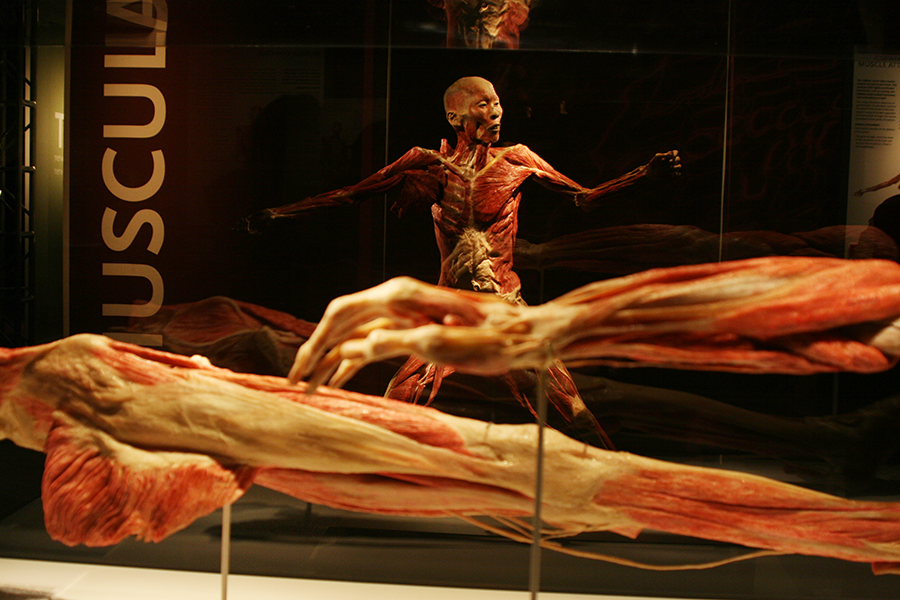By Joshua Knopp/reporter
Extraordinary Measures, while an inspired film featuring a pair of tremendous actors, measures up as rather ordinary.
The film is based on the true story of John Crowley (played by Brendan Fraser), a businessman who places his career in jeopardy to try to find a new treatment for two of his children diagnosed with the muscular disorder Pompe disease. The film, aside from changing most of the names and places, follows the story closely, though it does make a few changes to the story and character of Dr. William Canfield (named Robert Stonehill in the film, played by Harrison Ford).
This change, making Stonehill a recluse who’s never actually treated anyone, creates much of the drama in the film. Stonehill has developed a theoretical treatment that could stabilize Pompe disease but is so inept in social and business matters that he cannot get a grant to put the medication into production. Thus, a partnership with Crowley is formed.
In reality, Canfield is well-adjusted and was already actively developing his treatment when he met Crowley, though he still needed Crowley to handle the business aspects of his research. As this seems to be the only major divergence the film takes from reality, the movie is remarkably well-grounded in its source.
This accuracy is the only remarkable aspect of the film. The dynamic between Fraser and Ford is good, but they’re not in enough scenes together for the relationship to carry the film. While the movie has its funny bits, these aren’t enough to carry it either. Not even the drama created by the disease the two main characters are racing against seems to make this film noteworthy.
The people who made this film seemed to be trying to put too much story into too little a time frame. Subsequently, they shortened or cut out so many scenes that the story itself is compromised. Toward the end, one has a hard time figuring out who’s doing what for which reason anymore. Another contributing factor to this feeling is the lack of an antagonist. The disease could be interpreted as one, but, aside from starting the chain of events, it isn’t involved enough to serve the role.
Although a moving story, this movie seems to have little going for it.


























